January 27th marks International Holocaust Remembrance Day, also known as Holocaust Memorial Day. Meaning, this is a day where the world takes a moment to remember. To remember those lost, to remember that it happened, to sit with an uncomfortable historical truth - a group of people were able to come into power & caused atrocities across the board to millions of people. But why is this happening on January 27th? Because on January 27, 1945, Auschwitz was liberated. Every year on January 27th, Holocaust Memorial Day happens but also January 27, 2025 marks the 80th anniversary of Auschwitz's liberation.
10 million people died in the Holocaust. 6 million people who perished in the Holocaust were Jewish - culturally, religiously, anyone with a drop of Jewish blood in them. We tend to forget that the NAZIs targeted others as well - Afro-Germans; civilians accused of disobedience, resistance, or partisan activity; gay men, bisexual men, or any man accused of homosexuality in Germany; Jehovah's Witnesses; people with disabilities (mental or physical); people who were Polish; political opponents & dissenters in Germany; Roma & other people derogatorily labeled as "Gypsies"; social outsiders in Germany derogatorily labeled as "asocials" or "professional criminals"; & Soviet Prisoners of War. (The list came from the US Holocaust Memorial Museum but their list goes into further detail: What Groups of People did the Nazis Target? | Holocaust Encyclopedia)
We all know about the starvation within the Concentration Camps. We all know about the forced labor. There was forced sterilization of a variety of people during the Holocaust, though primarily those with intellectual disabilities. (The German courts at the time frequently used the reasoning of "hereditary feeblemindedness.") On July 14, 1933, the Law for the "Prevention of Offspring with Hereditary Diseases" was passed, allowing 3-person panels (made up of two-doctors & an official from the local court system) to involuntarily sterilize people "with physical & mental disabilities or mental illness, Roma (Gypsies), 'asocial elements,' & Black people." The US Holocaust has an article relating to one such instance of this, in addition to other materials relating to the topic: Sterilization Order for August Alzen | Experiencing History: Holocaust Sources in Context
There were also the experiments on twins. These could be as simple as taking measurements & drawing blood but frequently escalating to attempting to change the twins' eye color in a variety of ways (which often led to pain, eye infections, & blindness), surgeries, injections of diseases given to one twin but not the other (to compare outcome), spinal taps. Frequently, if one twin died during the course of the experimentation, the other would be killed & autopsies would be performed to compare the differences between the twins. Thought Co. has an article that goes into further discussion relating to the history of this: A History of Mengele's Torturous Twins Experiments
For anyone who wants to learn more about the Holocaust, the Quincy Public Library has several history books relating to the event. There is also a display up in the reference area of the library, to make it easier for those who grab. For those who have more time, there are several museums around the country with a good online presence - so you could visit them in person or digitally.
The National World War II Museum (in New Orleans): Home | The National WWII Museum | New Orleans
The United States Holocaust Memorial Museum (in Washington DC): United States Holocaust Memorial Museum
The Illinois Holocaust Museum & Education Center (in Skokie): Illinois Holocaust Museum | Chicagoland Museum
To quote the Illinois Holocaust Museum: "Each victim of the Holocaust was a real person. They had hopes, dreams, & vibrant lives."
